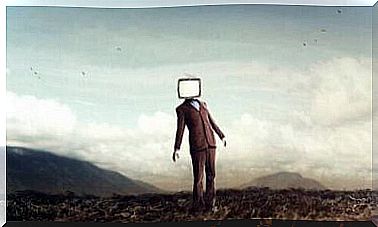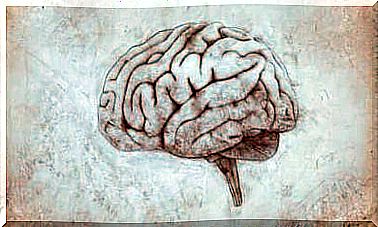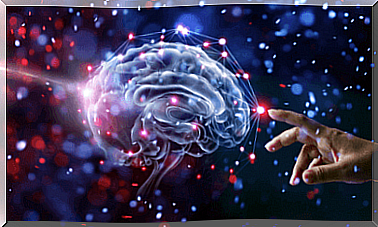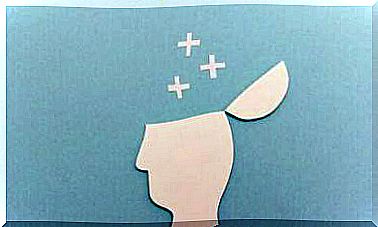Empathy: The Art Of Understanding Emotions
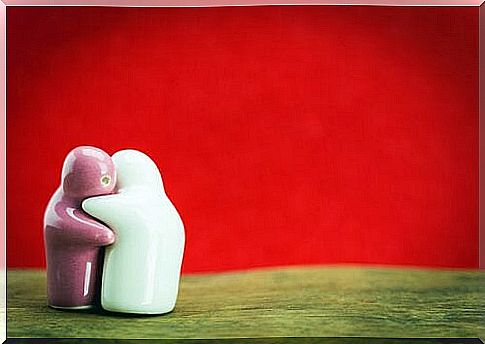
We could define empathy as the ability to put yourself in the other’s shoes, to understand their view of reality, their posture and opinions free from prejudice. Empathy can help not only others, but also ourselves.
What is empathy and what is it for?
Empathy is the ability to put yourself in the other’s shoes, to understand them, to try to understand what goes on in their mind, how and why they feel that way, but not from our perspective, but trying to think like them, with their beliefs and values.
Empathy comes from acceptance, from understanding that a person’s feelings are possible in the situation they are in, even if we were in the same situation, we had another kind of attitude.
Put in simpler words and as an example, for us it may not be very important that we don’t have siblings, but for someone else it might be. In this situation, the empathic person would put aside their “scale of importance” to understand the suffering of the other from their “scale of importance”.
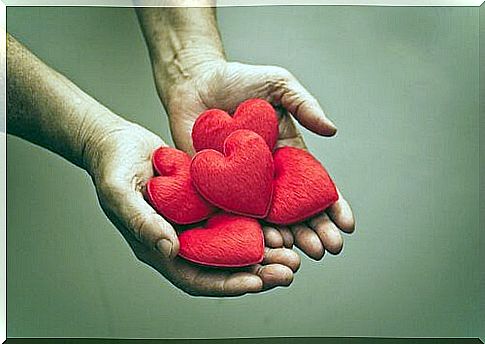
the degree of empathy
There are people who have a natural facility to do what we said above, but there are other people who are unable to do that. However, be careful! Sometimes we confuse empathy with another concept that, despite not being the same, is a fundamental part of having empathy. We are talking about recognition of emotions.
We refer to recognizing sadness, joy, fear, anguish. There are people who are able to quickly identify the emotional state the other person is in and there are others who cannot, exaggerating a little, even if they write it on their foreheads.
Of course, in this previous step there are many variables that influence the more cognitive part of empathy: the familiarity we have with the person who demonstrates the emotion, our degree of tiredness, their communicative predisposition, etc.
Empathy has many positive aspects: it facilitates communication, comfort, problem solving, etc. But there is also another extreme: the negative.
Living continually “putting on other people’s shoes” can cause us to create an emotional disconnect with ourselves, which can cost us dearly.
Therefore, it is very good to practice and train the mental action of putting ourselves in the other’s shoes, but without forgetting that the other person is in that situation, without falling permanently into it. The first ones who have to take care of us are ourselves.
When do we show empathy?
We can be very empathetic, but if we don’t show it and if we don’t put it into practice, it doesn’t do any good. That said, let’s list a few occasions when we can use empathy:
- When we know how to listen and understand the feelings of others without being so dependent on ourselves and our own words.
- When we don’t just use words to comfort. Also a hug, a pat on the shoulder, a kiss and a caress make us more empathetic.
- When we are with someone who has a problem and we help them, for example, with our sense of humour.
- When we express ourselves with delicacy and courtesy.
- When we don’t show annoyance, annoyance and tiredness in front of what others tell us.
- When we don’t make a comment, a joke or a joke we know it’s going to upset the other.
- When we make, for example, an elderly person or a child understand that we understand them.
- When we help solve problems and are able to calm others down.

When don’t we show empathy?
On the other hand, there may also be times and situations where we don’t show empathy:
- When we believe that our problems are the only ones in the world.
- When we don’t listen to others.
- When we judge and make comments that hurt.
- When we don’t offer a smile, a kind gesture or a caress to others.
- When we always do something for others in hopes of getting something in return.
Empathy is a good skill to put into practice as it allows us to understand others. But it is also essential to be careful when practicing it excessively, so as not to disconnect from ourselves.


